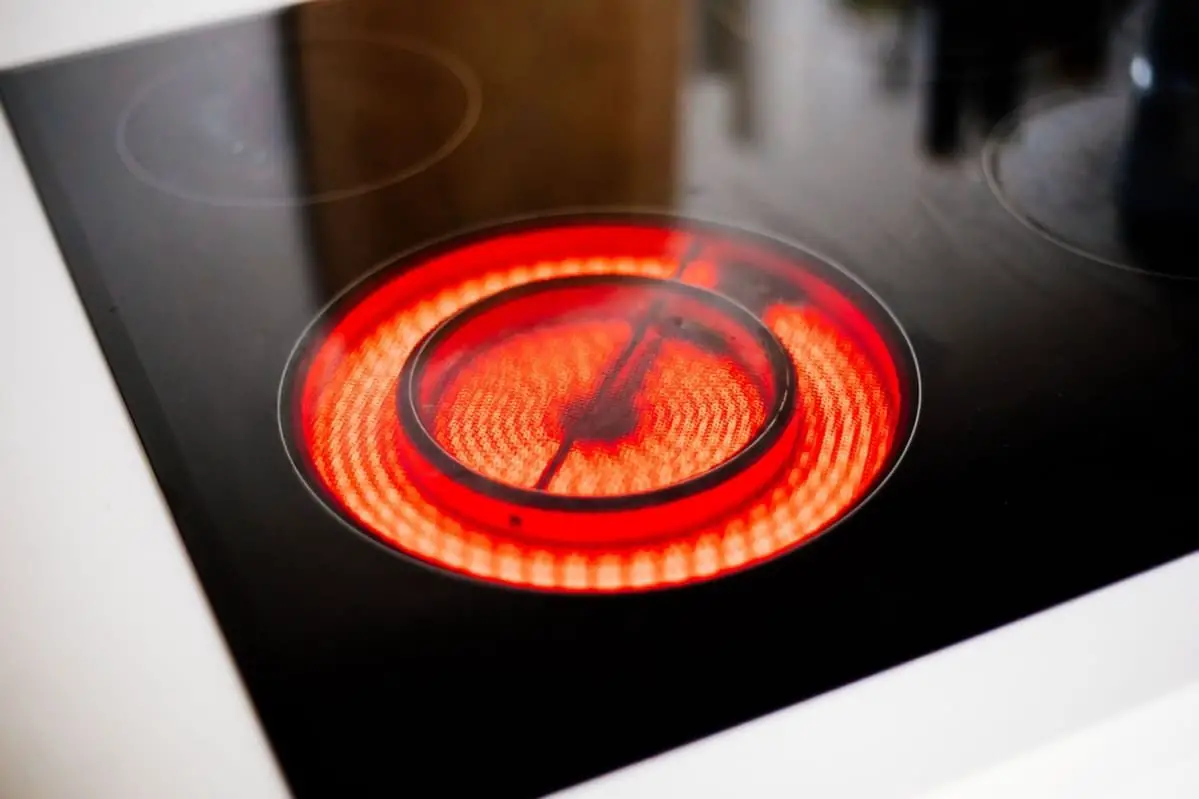

Articles
What Is A Halogen Cooktop
Modified: October 29, 2024
Discover the benefits of using a halogen cooktop in our informative articles. Learn about the latest technology and how it can revolutionize your cooking experience.
(Many of the links in this article redirect to a specific reviewed product. Your purchase of these products through affiliate links helps to generate commission for Storables.com, at no extra cost. Learn more)
Introduction
When it comes to cooking, having the right tools can make all the difference. One such tool that has gained popularity in recent years is the halogen cooktop. With its sleek design and advanced technology, a halogen cooktop offers a unique cooking experience that many are eager to explore.
As the name suggests, a halogen cooktop utilizes halogen bulbs as the primary source of heat. These bulbs emit intense heat, allowing for quick and efficient cooking. But what exactly is a halogen cooktop, and how does it work?
In this article, we will delve into the world of halogen cooktops, exploring their definition, functionality, and the advantages and disadvantages they offer. We will also compare them to other types of cooktops and provide useful tips for using and maintaining them. So, let’s get started and discover the wonders of halogen cooktops!
Key Takeaways:
- Halogen cooktops offer rapid heating, energy efficiency, and sleek design, making them a popular choice for efficient and stylish cooking experiences.
- While halogen cooktops provide numerous advantages, it’s crucial to consider their sensitivity to cookware, potential heat retention, and vulnerability to damage for a well-informed decision.
Read more: What Is A Halogen Lamp
Definition of Halogen Cooktop
A halogen cooktop is a type of cooking appliance that uses halogen bulbs as the primary source of heat. It typically features a flat, glass-ceramic surface with halogen heating elements embedded beneath. These heating elements are powered by halogen bulbs, which emit intense heat when electricity is passed through them.
Halogen cooktops are known for their rapid heating capabilities. They can reach high temperatures quickly, allowing for faster cooking times compared to traditional gas or electric cooktops. This makes them particularly appealing to those who value efficiency and time-saving in the kitchen.
These cooktops are also equipped with temperature controls, enabling users to adjust the heat levels according to their cooking needs. Some models even come with preset cooking programs and timers, adding convenience and precision to the cooking process.
The flat, smooth surface of a halogen cooktop makes it easy to clean and maintain. Unlike gas cooktops that require disassembly for cleaning, halogen cooktops only require wiping with a damp cloth or sponge. Additionally, their sleek design adds a modern and stylish touch to any kitchen decor.
It is important to note that although halogen cooktops and induction cooktops may appear similar, they differ in their heating mechanisms. While halogen cooktops use halogen bulbs for heat generation, induction cooktops rely on electromagnetic fields to heat the cookware directly. This distinction affects several aspects, including heat efficiency and compatibility with different types of cookware.
Now that we have a clear understanding of what a halogen cooktop is, let’s explore how it works and why it offers distinct advantages for cooking enthusiasts.
How Halogen Cooktops Work
Halogen cooktops utilize halogen bulbs as the main source of heat to cook food. These bulbs, which are similar to the ones used in halogen lamps, are positioned beneath a glass-ceramic surface. When the cooktop is turned on, an electric current passes through the halogen bulbs, causing them to emit intense heat.
Unlike traditional gas or electric cooktops, halogen cooktops do not rely on the transfer of heat through burners or coils. Instead, they emit infrared radiation that directly heats the cookware placed on top of the glass-ceramic surface.
The glass-ceramic surface of a halogen cooktop acts as a conductor for the heat emitted by the halogen bulbs. It allows the heat to pass through to the cookware, evenly distributing it for thorough and efficient cooking. This means that the cookware heats up quickly, allowing for faster cooking times.
One key feature of halogen cooktops is their ability to provide instant heat. When you turn on the cooktop, the halogen bulbs reach their maximum heat output in a matter of seconds. This allows you to start cooking immediately, saving you precious time in the kitchen.
The temperature control feature of halogen cooktops enables users to easily adjust the heat levels according to their cooking requirements. This level of control allows for precise cooking, whether you need to simmer a delicate sauce or sear a steak to perfection.
Another advantage of halogen cooktops is their ability to provide consistent heat. The infrared radiation emitted by the halogen bulbs offers steady and even heat distribution across the surface of the cookware. This ensures that your food cooks evenly without hot spots or cold areas.
Furthermore, halogen cooktops offer the convenience of rapid cooling. Once the cooktop is turned off, the halogen bulbs quickly cool down, allowing for safe and efficient cleaning.
Now that we understand how halogen cooktops work, let’s explore the advantages they offer for home cooks.
Advantages of Halogen Cooktops
Halogen cooktops offer several advantages that make them a popular choice among cooking enthusiasts. Here are some of the key benefits:
- Rapid heating: One of the standout advantages of halogen cooktops is their ability to heat up quickly. The halogen bulbs reach their maximum heat output within seconds, allowing for faster cooking times. Whether you’re boiling water, searing meat, or stir-frying vegetables, the rapid heating feature of a halogen cooktop saves you valuable time in the kitchen.
- Energy-efficient: Halogen cooktops are known for their energy efficiency. The halogen bulbs convert a high percentage of the electrical energy into heat, minimizing energy wastage. They also provide instant heat, eliminating the need for preheating, and reducing cooking times. This energy-efficient operation not only benefits the environment but also helps lower your electricity bills.
- Even heat distribution: Halogen cooktops provide consistent and even heat distribution across the cookware surface. The infrared radiation emitted by the halogen bulbs ensures that your food cooks evenly, preventing hot spots and ensuring thorough cooking. This feature is especially beneficial for delicate dishes that require precise temperature control.
- Temperature control: Halogen cooktops come with temperature control settings, allowing you to easily adjust the heat levels according to your cooking needs. This precise temperature control is particularly advantageous when working with recipes that require specific heat settings, such as simmering sauces or melting chocolate. The ability to fine-tune the heat enables you to achieve professional-level results in your culinary endeavors.
- Sleek design: The flat, smooth surface of halogen cooktops adds a modern and stylish touch to any kitchen decor. The sleek design not only enhances the aesthetics but also makes cleaning and maintenance a breeze. Unlike gas cooktops with raised burners or electric cooktops with coil elements, halogen cooktops have a seamless surface that can be easily wiped clean with a damp cloth or sponge.
These advantages make halogen cooktops a popular choice for both amateur and professional chefs alike. However, it is important to consider the potential disadvantages before making a final decision. Let’s explore the drawbacks of halogen cooktops.
Disadvantages of Halogen Cooktops
While halogen cooktops offer many advantages, it is important to consider their drawbacks as well. Here are some of the potential disadvantages:
- Vulnerability to damage: The glass-ceramic surface of a halogen cooktop is susceptible to scratches, cracks, and other forms of damage. Care must be taken when using and cleaning the cooktop to avoid any mishaps. Using cookware with rough or uneven bottoms can also cause scratches on the surface. It is recommended to use cookware specifically designed for smooth-top cooktops to minimize the risk of damage.
- Sensitivity to cookware: Halogen cooktops are sensitive to the type of cookware used. They work best with flat-bottomed cookware made from materials such as stainless steel or cast iron. Cookware with warped or uneven bottoms may not make proper contact with the cooktop surface, resulting in uneven heat distribution and inefficient cooking.
- Heat retention: The glass-ceramic surface of a halogen cooktop retains heat even after it is turned off. This means that caution must be exercised when touching the surface, as it can still be hot and cause burns. It is important to let the cooktop cool down completely before cleaning it.
- Not compatible with all cookware: While halogen cooktops work well with most types of cookware, they are not compatible with all materials. Cookware made from aluminum, copper, or ceramics may not be suitable for use on a halogen cooktop. It is recommended to check the manufacturer’s guidelines or consult the cooktop’s user manual for compatibility information.
- Limited heat control: While halogen cooktops offer temperature control settings, some users may find the options limited compared to other cooktop types. The temperature adjustment may not be as precise or flexible as desired, which can be a disadvantage for those who require precise temperature control for specific recipes.
Despite these disadvantages, many individuals find halogen cooktops to be a fantastic addition to their kitchens. Their rapid heating, energy efficiency, and sleek design often outweigh the potential drawbacks. Now let’s compare halogen cooktops with other types of cooktops to better understand their unique features and benefits.
When cleaning a halogen cooktop, make sure to wait until it has completely cooled down before wiping it with a damp cloth and mild detergent. Avoid using abrasive cleaners or scrubbing pads to prevent damage to the surface.
Read more: What Is A Halogen Bulb
Comparison with Other Types of Cooktops
Halogen cooktops offer a unique cooking experience, but how do they compare to other types of cooktops? Let’s take a closer look at the key differences and similarities.
Gas Cooktops: Gas cooktops have long been a popular choice among home cooks. They offer precise temperature control, instant heat, and a wide range of heat levels. Unlike halogen cooktops, gas cooktops provide visible flames, allowing for a more traditional cooking experience and the use of different types of cookware. However, gas cooktops require a gas supply, which may not be available in all homes. They also require regular maintenance and can be more challenging to clean compared to halogen cooktops.
Electric Coil Cooktops: Electric coil cooktops consist of coil elements that heat up when electricity is passed through them. They are affordable and widely available. However, they have slower heating times compared to halogen cooktops and can be less energy-efficient. The coil elements can also be challenging to clean, and the uneven heat distribution may result in uneven cooking.
Induction Cooktops: Induction cooktops use electromagnetic fields to heat the cookware directly, making them highly efficient and precise. They offer instant heat and rapid temperature control, similar to halogen cooktops. However, induction cooktops require the use of specific magnetic cookware and may not work with all types of cookware. They are also typically more expensive than halogen cooktops.
When comparing halogen cooktops with other types, it is important to consider personal preferences, cooking style, and budget. Each type of cooktop has its own unique features and benefits, and what works best for one person may not necessarily be ideal for another.
Now that we have explored the comparison, let’s move on to some essential tips for using a halogen cooktop effectively.
Tips for Using a Halogen Cooktop
Using a halogen cooktop can elevate your cooking experience and help you achieve delicious results. Here are some essential tips to keep in mind when using a halogen cooktop:
- Choose the right cookware: Opt for flat-bottomed cookware made from materials such as stainless steel or cast iron. These types of cookware provide optimal heat transfer and are compatible with halogen cooktops. Avoid using cookware with uneven bottoms or made from materials that are not suitable for use with halogen cooktops, such as aluminum or copper.
- Preheat the cooktop: Preheating the cooktop allows it to reach the desired temperature before placing the cookware on it. To preheat, simply turn on the cooktop and select the desired heat setting. Let it heat up for a few seconds before adding your ingredients or cookware.
- Adjust the heat levels: Take advantage of the temperature control settings on your halogen cooktop. Experiment with different heat levels depending on the recipe you are preparing. Lower heat settings are ideal for simmering, while higher heat settings are suitable for searing or stir-frying.
- Avoid dragging cookware: When moving or repositioning cookware on a halogen cooktop, avoid dragging it across the surface. Instead, lift the cookware to prevent scratching or damaging the glass-ceramic surface. This also helps maintain the integrity of the heating elements.
- Monitor your cooking: Stay attentive to your cooking when using a halogen cooktop. The rapid heating capabilities can cause food to cook faster than you may be used to. Keep a close eye on your dishes to prevent overcooking or burning.
- Use caution when adjusting heat: When adjusting the heat levels during cooking, be cautious as the surface of the cooktop can be hot. Use oven mitts or heat-resistant gloves to protect your hands. It’s advisable to make adjustments gradually to avoid sudden temperature changes.
- Clean spills immediately: Accidental spills can happen while cooking. To prevent stains or damage to the cooktop, clean up spills promptly. After ensuring the cooktop has cooled down, wipe away spills with a damp cloth or sponge. Regular cleaning helps maintain the aesthetic appeal of your halogen cooktop.
- Allow for cooling time: After cooking, turn off the cooktop and allow it to cool down completely before cleaning. The glass-ceramic surface retains heat, and touching it while it’s still hot may cause burns. Wait until the cooktop is cool to the touch before proceeding with cleaning or maintenance.
By following these tips, you can make the most out of your halogen cooktop and enjoy a seamless cooking experience. Now, let’s move on to the topic of cleaning and maintaining your halogen cooktop.
Cleaning and Maintenance of Halogen Cooktops
Cleaning and maintaining your halogen cooktop is essential to keep it in optimal condition and ensure its longevity. Here are some tips to help you effectively clean and maintain your halogen cooktop:
- Allow the cooktop to cool: Before starting the cleaning process, make sure the halogen cooktop has cooled down completely. Touching the hot surface can cause burns.
- Remove any food debris: Use a soft brush or scraper to remove any food particles or spills from the cooktop surface. Gently scrape off any stubborn stains or residues.
- Mix a cleaning solution: Prepare a cleaning solution by mixing a few drops of dish soap with warm water. Alternatively, you can use a specialized cooktop cleaner recommended by the manufacturer.
- Apply the cleaning solution: Dip a sponge or soft cloth into the cleaning solution and gently scrub the surface of the halogen cooktop. Ensure that the sponge or cloth is not too wet to prevent any water from seeping into the cooktop.
- Wipe off the cleaning solution: After scrubbing, dampen a clean cloth with plain water and wipe away the cleaning solution from the cooktop. Make sure to remove all traces of the soap or cooktop cleaner.
- Dry the cooktop: Use a dry, lint-free cloth to thoroughly dry the cooktop surface. This helps prevent any water spots or streaks from forming.
- Polish the cooktop: For an extra shine, you can use a cooktop polish specifically designed for glass-ceramic surfaces. Apply a small amount of polish to a clean cloth and buff the cooktop in a circular motion.
- Prevent scratches: To prevent scratches, always use cookware with smooth bottoms and avoid sliding or dragging them across the surface of the cooktop. Using silicone or rubber pads underneath your cookware can also help protect the surface.
- Regular maintenance: It is important to perform regular maintenance tasks to keep your halogen cooktop in good working condition. Check the user manual for specific maintenance instructions recommended by the manufacturer.
By following these cleaning and maintenance tips, you can keep your halogen cooktop looking pristine and functioning efficiently for years to come. Now, let’s move on to discussing some essential safety guidelines when using a halogen cooktop.
Safety Guidelines for Halogen Cooktops
While halogen cooktops offer numerous benefits, it is essential to prioritize safety when using them. Here are some important safety guidelines to keep in mind:
- Read the user manual: Familiarize yourself with the specific safety guidelines and operating instructions provided by the manufacturer. This will help you understand the proper usage and precautions necessary for your halogen cooktop.
- Avoid leaving the cooktop unattended: Never leave a halogen cooktop unattended while it is in use. Rapid heating capabilities mean that food can cook faster, increasing the risk of burns or fire if left unattended for extended periods.
- Use caution when handling hot cookware: Always use oven mitts or heat-resistant gloves when handling hot cookware on a halogen cooktop. The surface can remain hot after cooking, and touching it without proper protection can result in burns.
- Disconnect the power: When cleaning or performing maintenance on your halogen cooktop, make sure to turn it off and disconnect it from the power source. This prevents accidental injuries or electrical hazards.
- Keep flammable materials away: Always keep flammable materials, such as kitchen towels, plastic utensils, or paper, away from the halogen cooktop. The intense heat emitted by the cooktop can ignite these materials and cause a fire hazard.
- Use proper ventilation: Ensure that your kitchen has adequate ventilation to dissipate any heat or fumes generated during cooking. Proper ventilation helps maintain a comfortable and safe cooking environment.
- Keep children and pets away: Keep children and pets away from the cooking area to prevent accidental burns or injury. Halogen cooktops can reach high temperatures, so it is crucial to supervise and educate children about the dangers of the hot surfaces.
- Avoid placing items on top of the cooktop: Do not use the cooktop as a storage surface. Objects placed on top of the cooktop, even when it is not in use, can accidentally activate the heating elements or cause damage to the surface.
- Use caution with long or loose clothing: When cooking on a halogen cooktop, be mindful of your clothing. Loose sleeves or long, flowing garments can accidentally come into contact with hot surfaces and cause burns. It is advisable to roll up sleeves or wear well-fitted attire while cooking.
- Install a fire extinguisher: Have a fire extinguisher nearby in case of emergencies. Familiarize yourself with its operation and keep it easily accessible in the kitchen.
By following these safety guidelines, you can ensure a safe cooking environment while using your halogen cooktop. Now, let’s conclude our exploration of halogen cooktops.
Read more: What Is A Cooktop
Conclusion
Halogen cooktops offer a convenient and efficient way to cook your favorite meals. With their rapid heating capabilities, precise temperature control, and sleek design, they have become a popular choice for both amateur cooks and culinary enthusiasts. By harnessing the power of halogen bulbs, these cooktops provide quick and even heat distribution, allowing for faster cooking times and excellent results.
Whether you’re boiling water, sautéing vegetables, or searing a steak, a halogen cooktop can handle a variety of cooking tasks with ease. The energy-efficient operation helps reduce electricity consumption and lower your carbon footprint. The sleek, glass-ceramic surface adds a touch of modern elegance to your kitchen while offering easy cleaning and maintenance.
As with any cooking appliance, it is important to follow the specific safety guidelines provided by the manufacturer to ensure a safe cooking experience. Always use caution when handling hot cookware, keep flammable materials away from the cooktop, and practice proper ventilation in your kitchen.
When it comes to choosing a cooktop for your kitchen, it is essential to consider your cooking style, needs, and budget. While halogen cooktops offer numerous advantages, they may not be suitable for everyone. Take into account the compatibility with your cookware, the level of heat control required, and the potential drawbacks before making a decision.
By incorporating the tips and guidelines provided in this article, you can make the most out of your halogen cooktop and enjoy efficient, precise, and enjoyable cooking experiences. So, go ahead, experiment with different recipes, and unleash your culinary creativity with the help of a halogen cooktop!
Curious about infusing style and function into your kitchen beyond the cooktop? Our next feature on creative kitchen wall lighting options will illuminate possibilities for transforming cooking spaces into vibrant hubs. With insights on integrating sleek, contemporary designs, this article sheds light on how to enhance any modern kitchen. Don't miss out on these illuminating ideas that can redefine your culinary space!
Frequently Asked Questions about What Is A Halogen Cooktop
Was this page helpful?
At Storables.com, we guarantee accurate and reliable information. Our content, validated by Expert Board Contributors, is crafted following stringent Editorial Policies. We're committed to providing you with well-researched, expert-backed insights for all your informational needs.
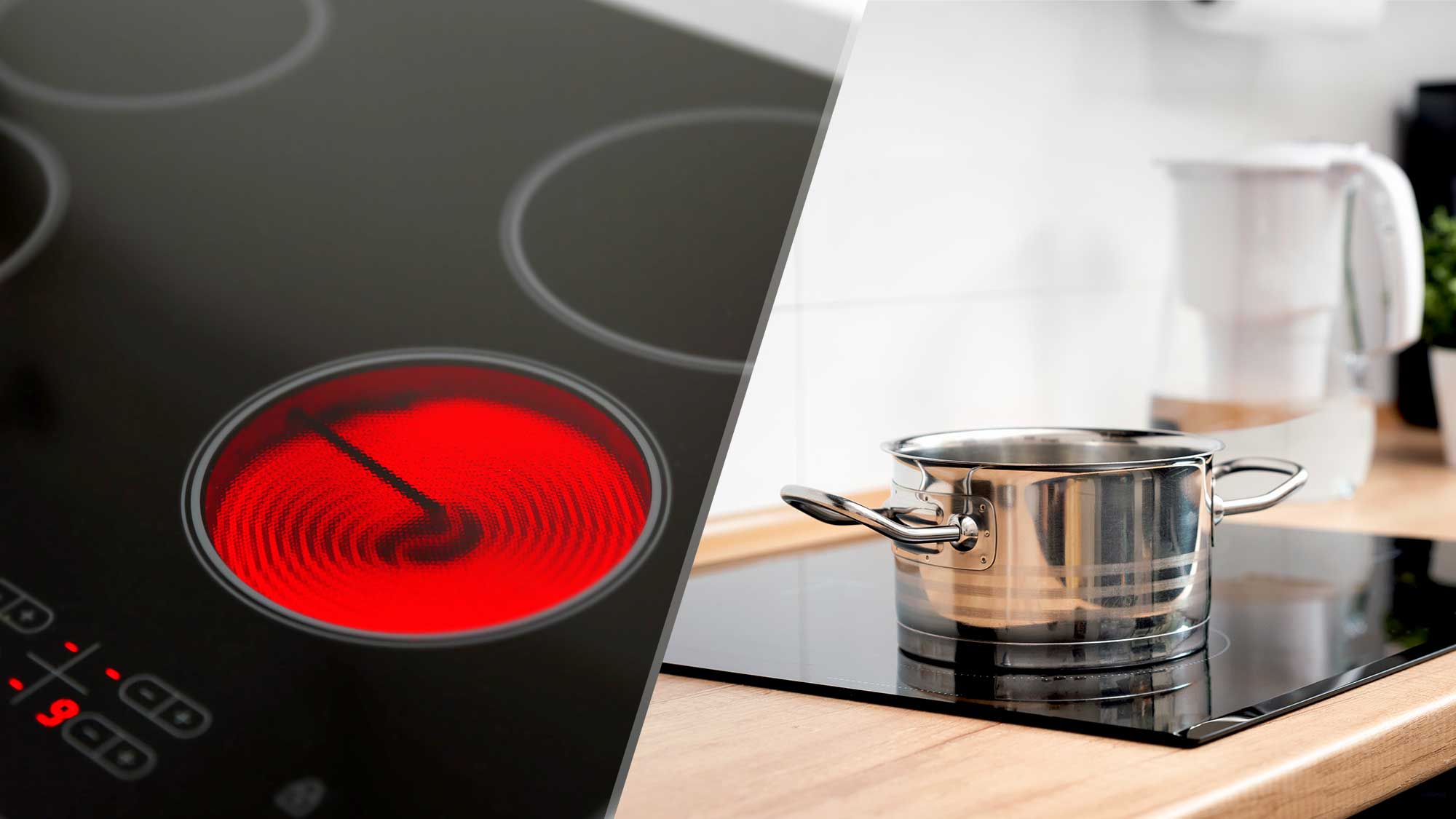
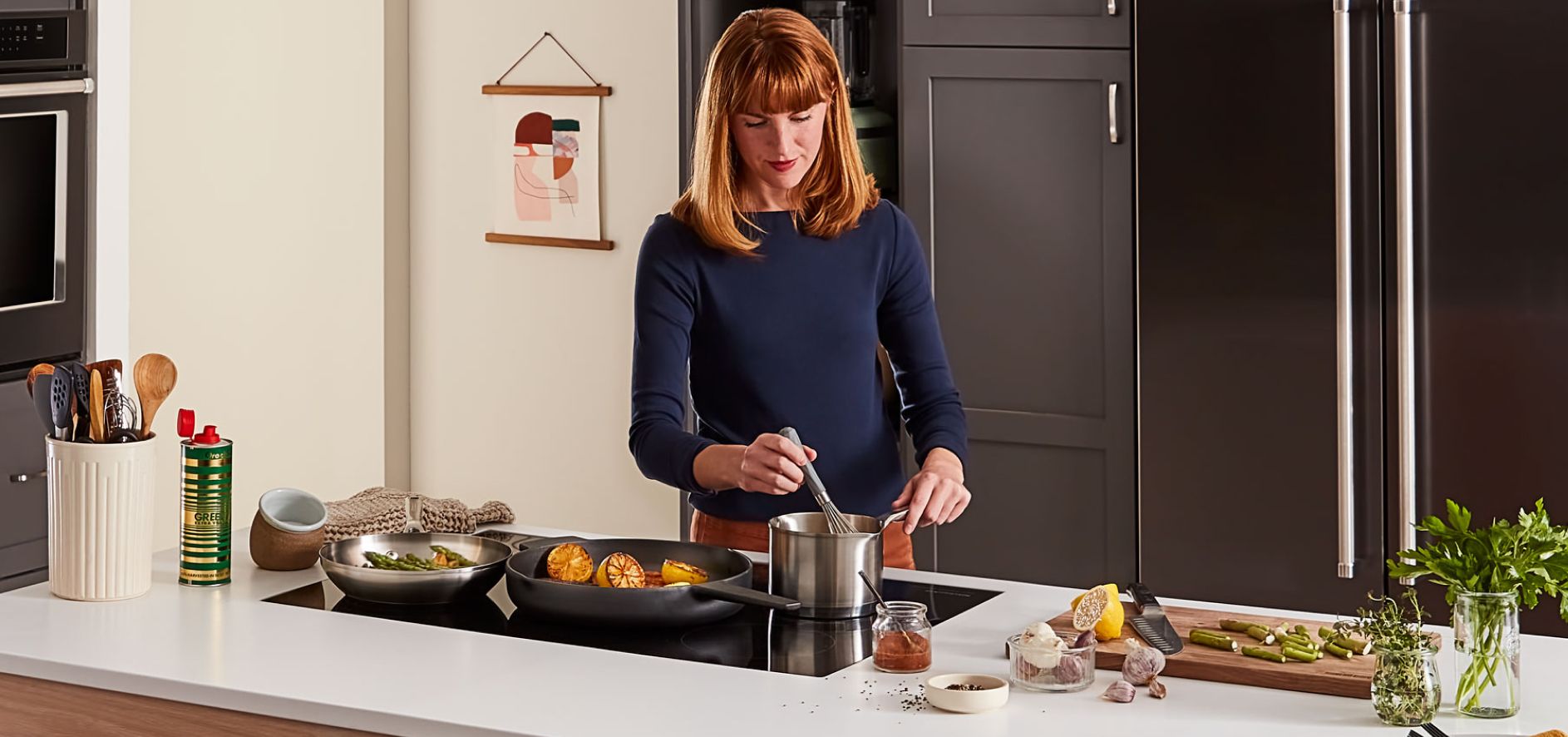
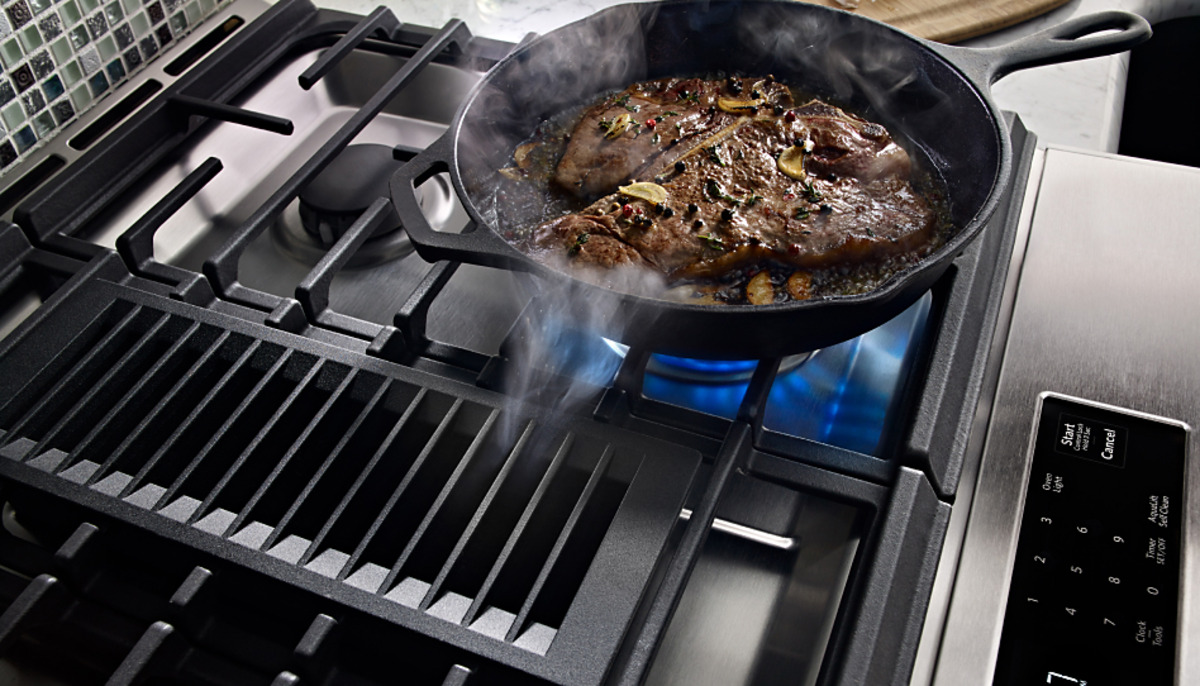
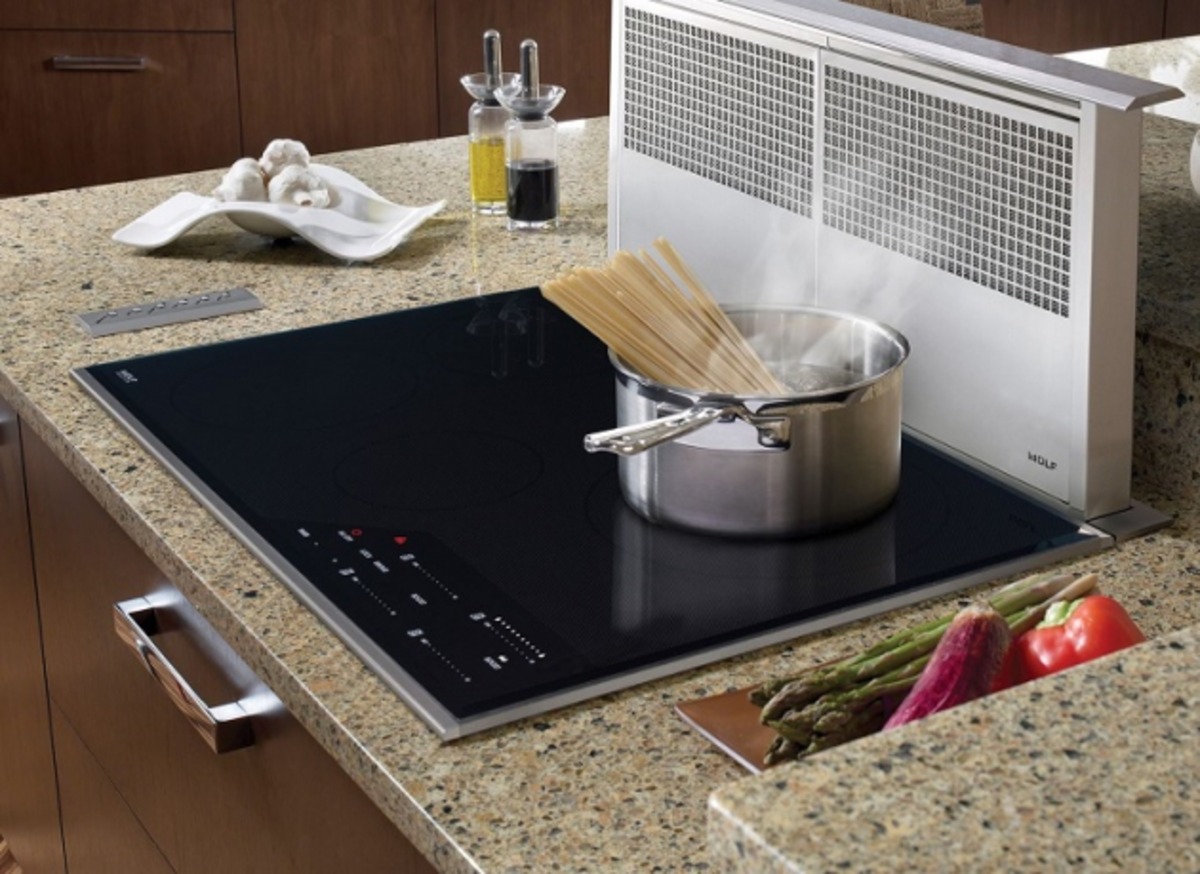
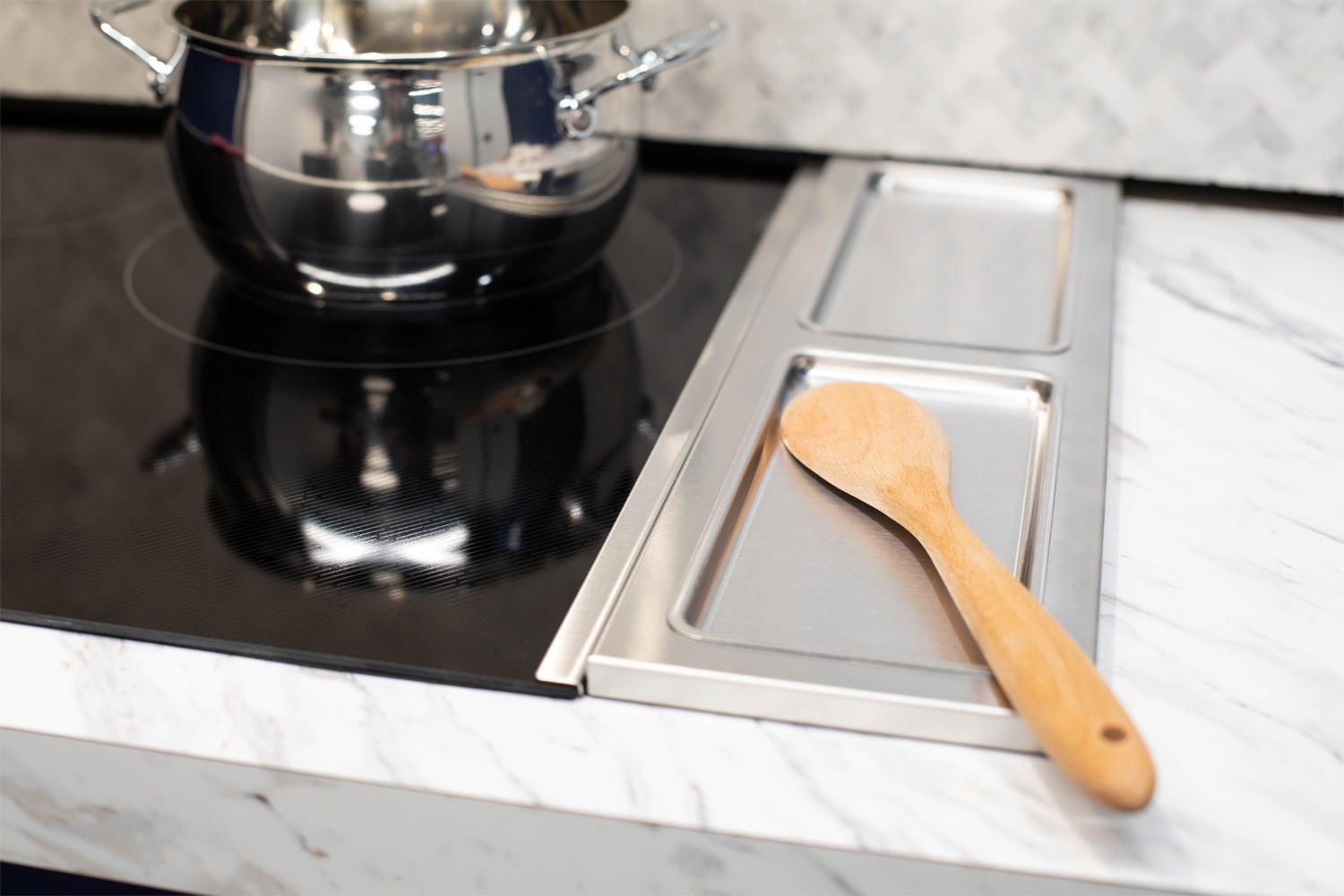
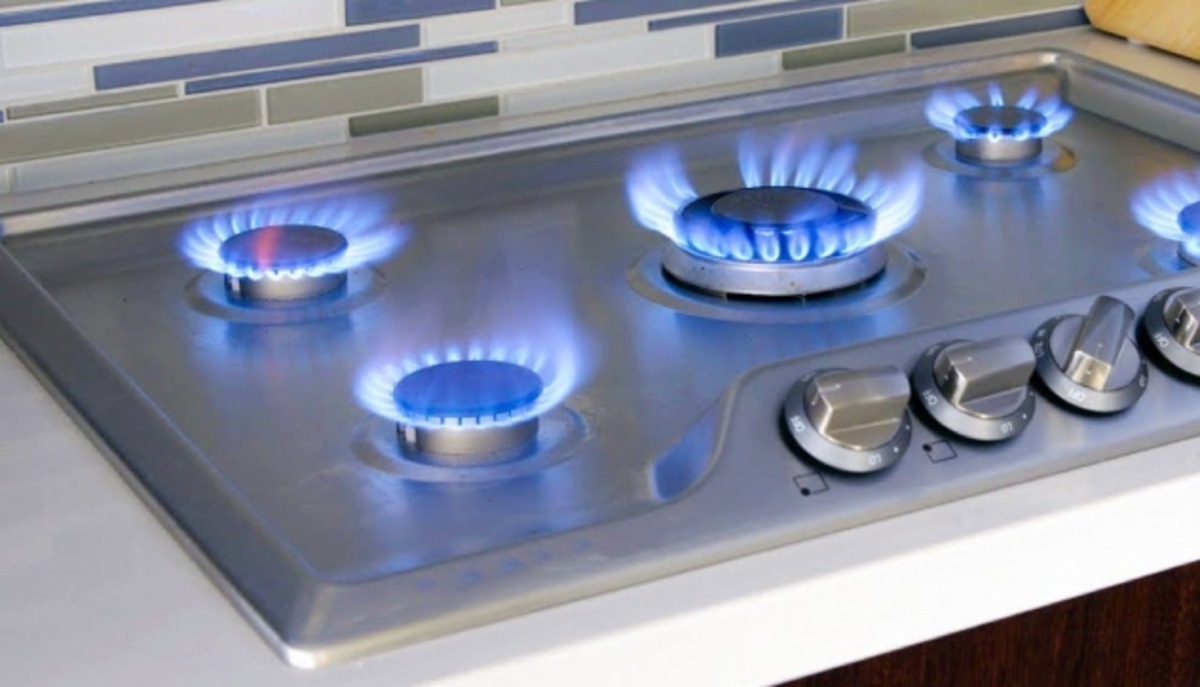
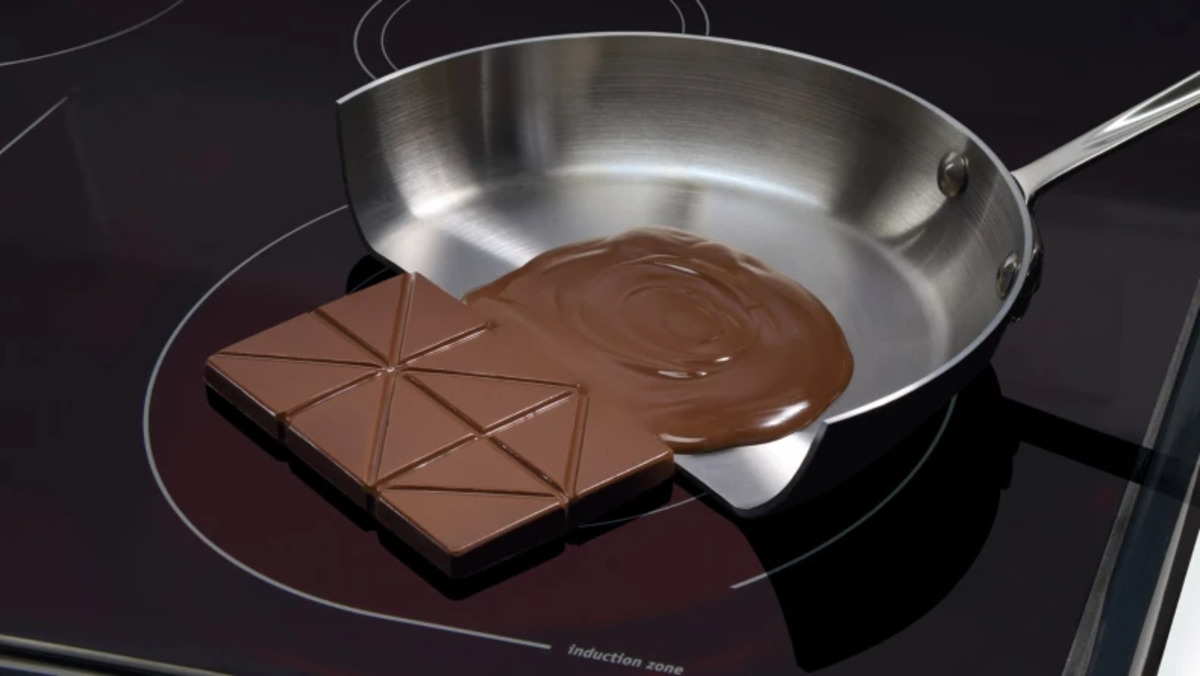
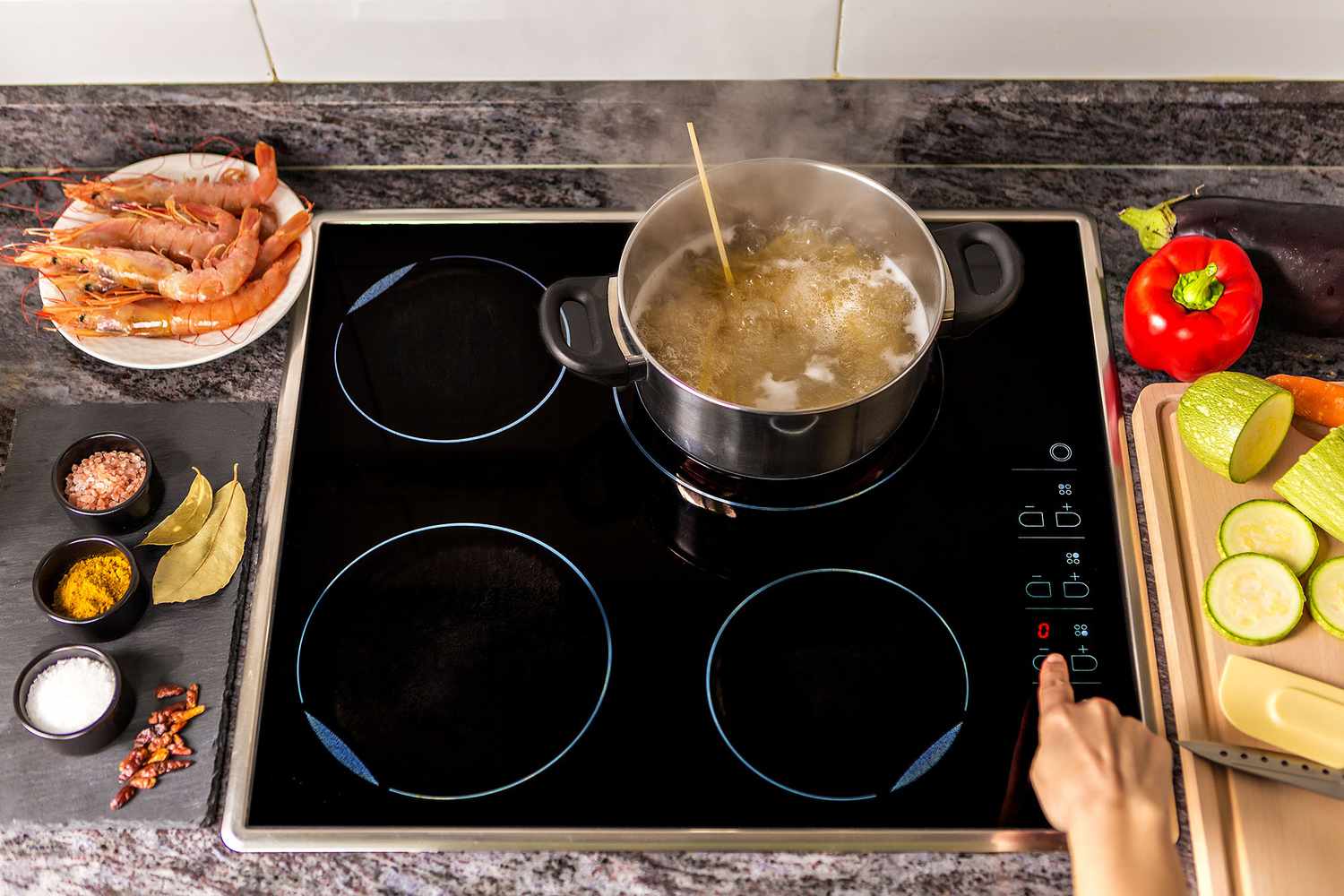
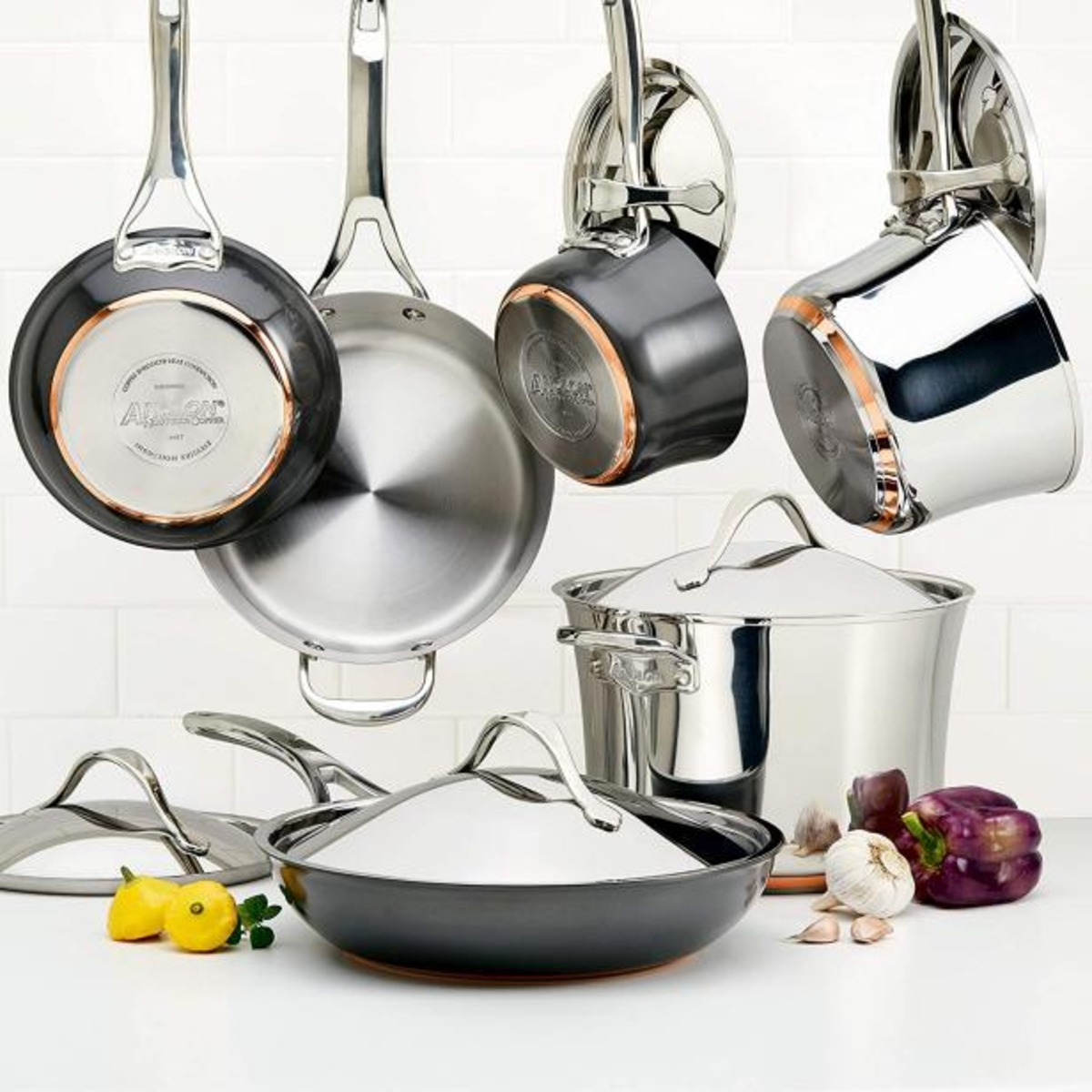
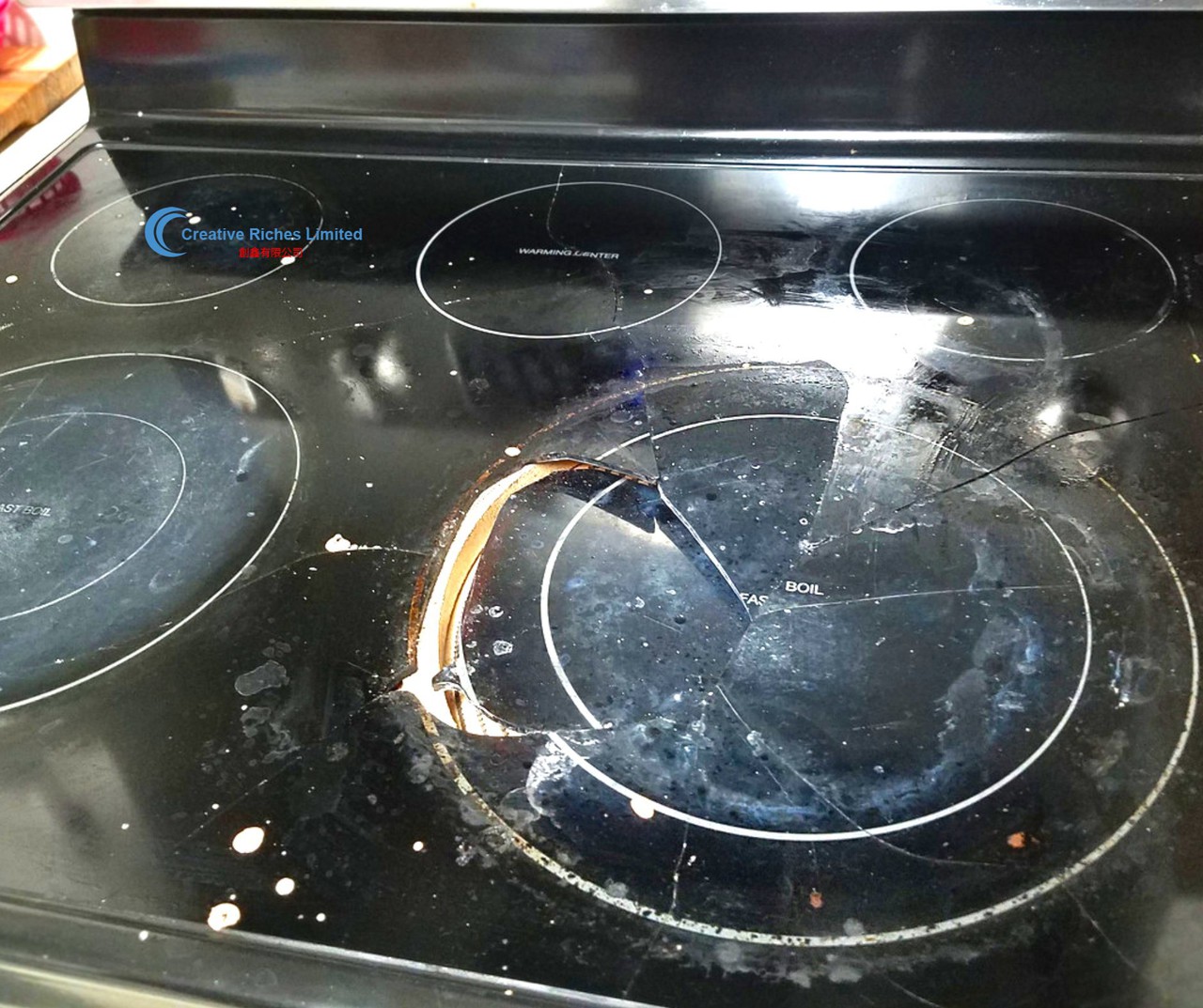
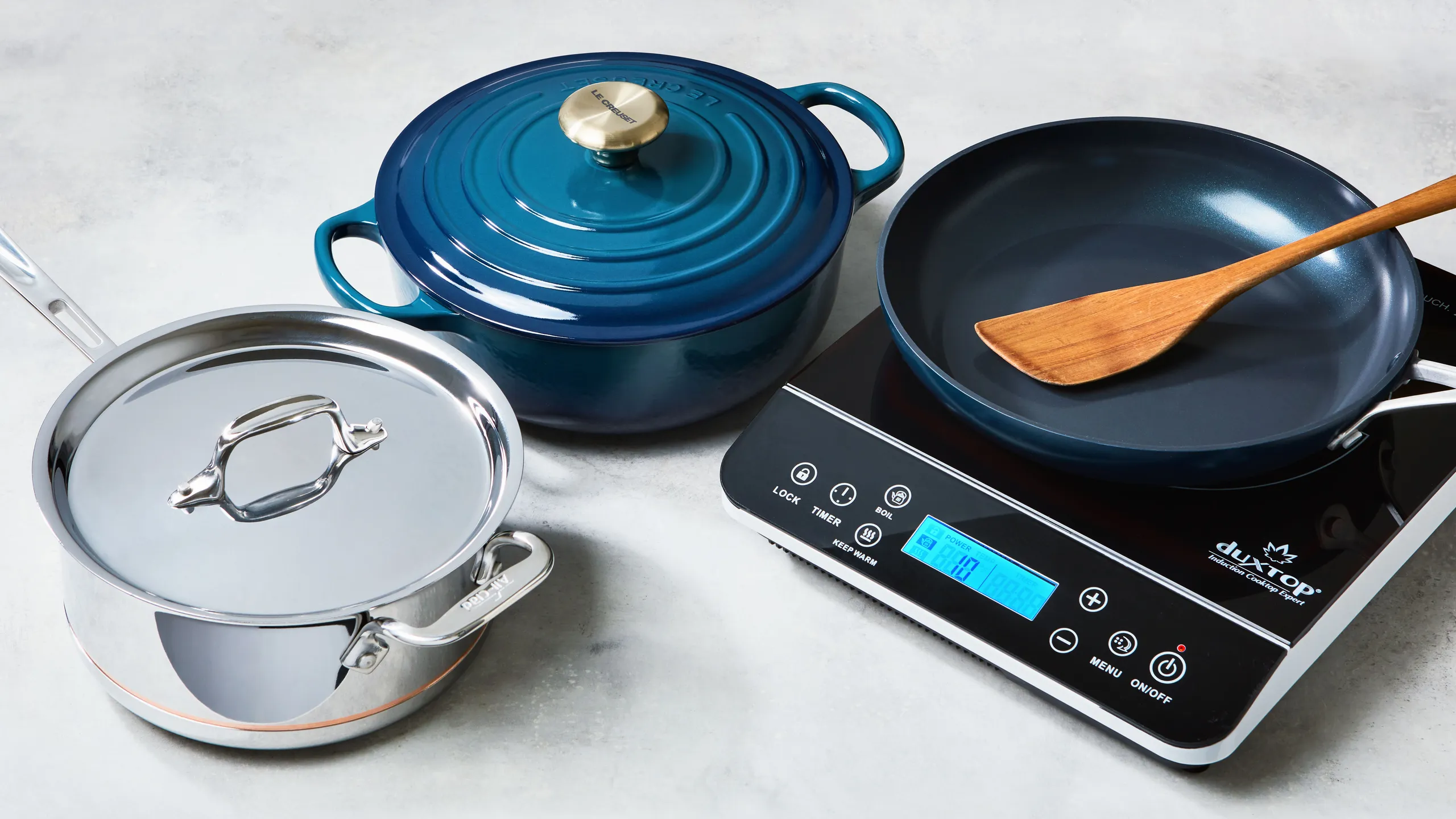
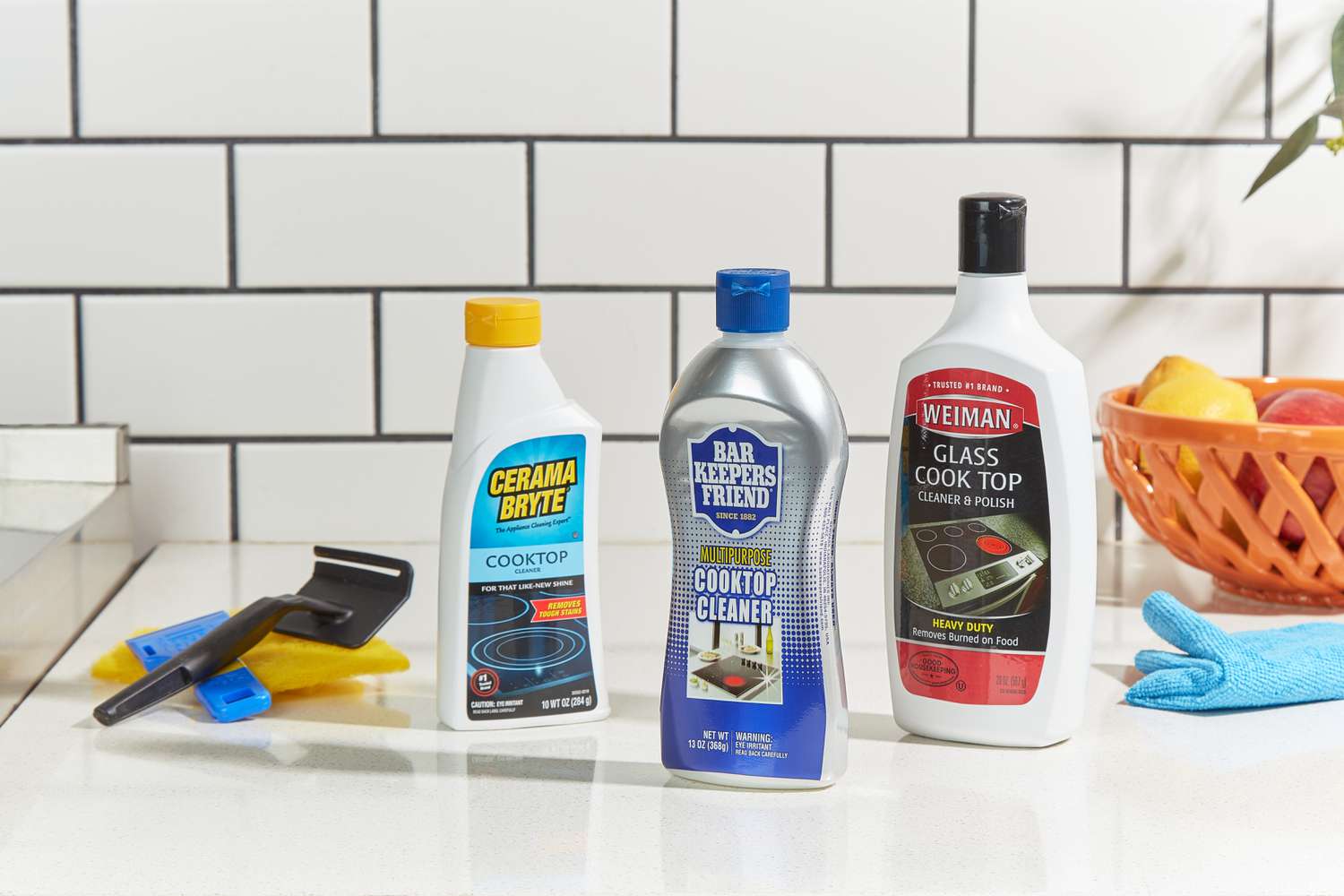
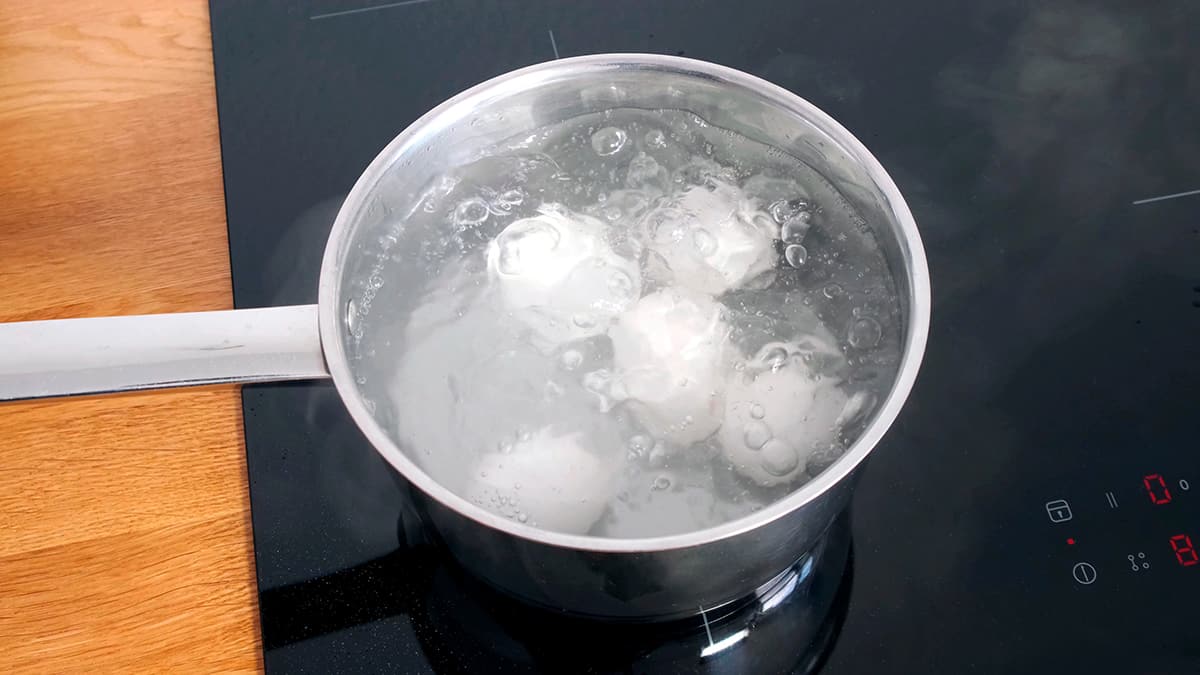

0 thoughts on “What Is A Halogen Cooktop”